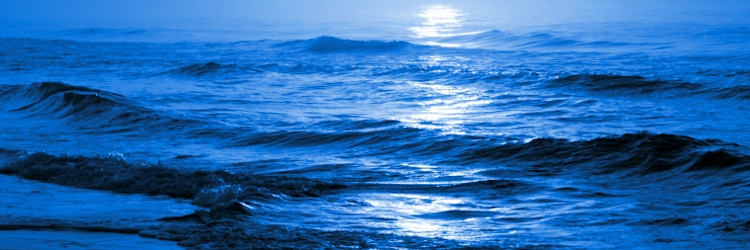Satellites and Storms Activity #2
Thar She Blows!

Author
Kevin Goff and Susan Haynes, Virginia Institute of Marine Science
Grade Level
8-12
Lesson Time
60 min
Objectives
- Describe atmospheric conditions from observing a basic weather map.
- Identify high and low pressure systems on a weather map based on respective indicators.
- Forecast conditions based on weather maps and satellite imagery of sea-surface temperature.
Hurricane, Northeaster, Nor'easter, Low pressure, Wind barb, Coriolis, Fetch
Materials Required
Credits
edited and updated by Carol Hopper Brill and Chris Petrone, Virginia Sea Grant, Virginia Institute of Marine Science Summary
Investigate weather patterns, weather maps and the effects weather has on the ocean, all using real ocean observing system data. Introduction
Go to Oceanweather, Inc. This site uses satellites to relay real-time meteorological data collected from different sources: buoys, ships and coastal stations.
- On the left, click on North Atlantic, "Southern Region" then
- Click the "Marine Observations" icon at the top of the page, This is a real time image of today's weather systems, annotated with various symbols.
The "flags" scattered around the map are wind barbs that indicate wind velocity and direction. Red flags represent data collected by weather buoys, blue indicates information collected by ships.
Data Activity
- Find wind barbs indicating wind speeds of: 0-5 kt; 10-20 kt; 30-40 kt, 50+ kt.
- What direction are winds blowing off the SE coast of the US (south of Cape Hatteras)?
- What direction are winds blowing off the NE coast of the US (north of Cape Cod)?
- Is there a pattern to the wind directions in the middle of the North Atlantic? How is this pattern related to ocean surface currents in the North Atlantic? Could this circulation pattern influence the path that hurricanes often follow?